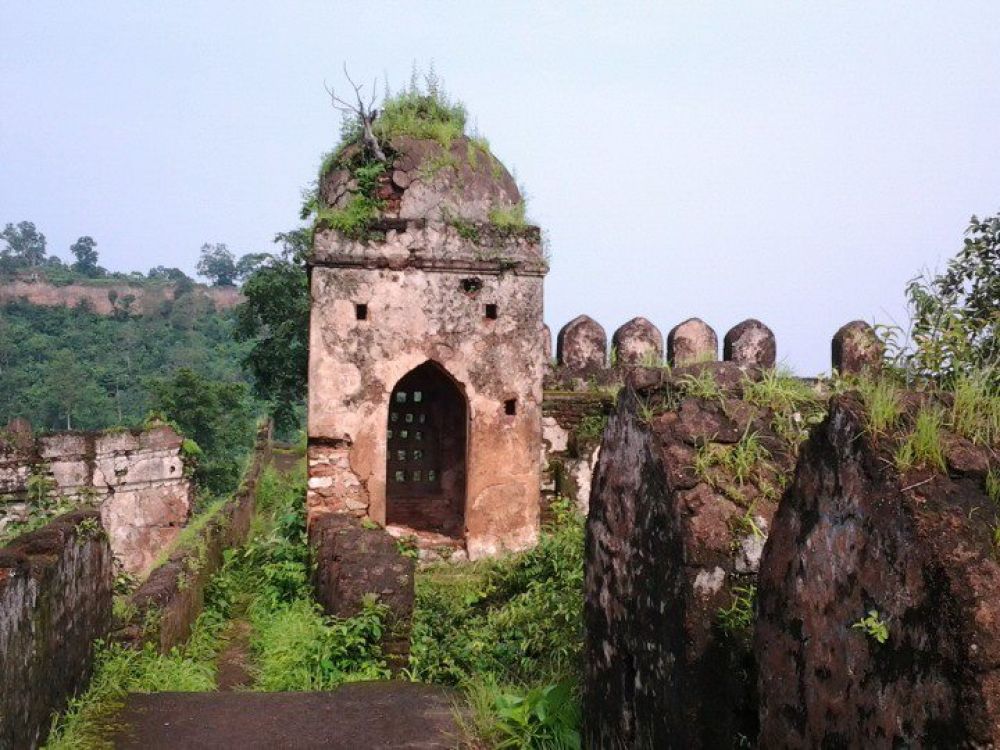

The edifices of the past stand as poignant reminders of historical events, cultures, and the architectural prowess of the time they were built. Palamau Fort, nestled in the verdant land of Betla, Jharkhand, India, is no exception. This fort has long stood as a testament to India's rich heritage and has played a significant role in the growth of tourism in the region of Jharkhand.
The origins of Palamau Fort can be traced back to the 16th century. It was constructed by the Chero Dynasty and stands on the auroral banks of the Auranga River. Throughout the centuries, the fort has seen several rulers, including the Mughals and the British during their colonization of India. Despite the ravages of time and history, the ruins of Palamau Fort still echo the grandeur that once was.
Although the area around Palamau has always been known for its dense forests and rich wildlife, tourism specific to the fort itself began to pick up pace in the late 20th century. As the Indian government and the state of Jharkhand started focusing on conservation and the promotion of historical sites, Palamau Fort began to feature more prominently in tourist circuits.
The establishment of Betla National Park in the 1980s included Palamau Fort as a key attraction, which significantly boosted visitor numbers to the fort. The fort's mystique and the surrounding park's natural beauty created a unique selling proposition that fascinated history buffs and nature enthusiasts alike.
The latest trends in tourism in Betla, Jharkhand, are marked by experiential travel and eco-tourism. There is an increasing desire among travelers to engage with the historical and cultural aspects of their destinations. Palamau Fort, with its storied past and ancient remains, serves this interest by offering a direct connection to India's cultural and architectural legacy.
Furthermore, efforts to preserve and maintain the fort have been integrated with the promotion of sustainability. Tours often combine visits to the fort with safaris in Betla National Park, bird watching sessions, and tribal village tours. This holistic approach to the tourism experience around Palamau Fort is a reflection of the contemporary trends in the sector.
Visitors to Palamau Fort and Betla today can expect a journey that takes them back in time while being surrounded by the region's natural splendor. As part of Jharkhand Tourism's initiative, the infrastructure for tourists has improved, with better access roads, tourist lodges, and guides that share the rich history of this heritage site.
To experience Palamau Fort at its best, it is recommended that tours be planned during the cooler months of October to March, when the weather is most conducive to exploring the fort's expansive grounds and enjoying the biodiverse environment of Betla National Park.
In essence, a visit to Palamau Fort is not just a tour of an ancient structure, but a holistic encounter with history, nature, and the cultural tapestry of Jharkhand, India, offering a memorable journey for all who tread its paths.